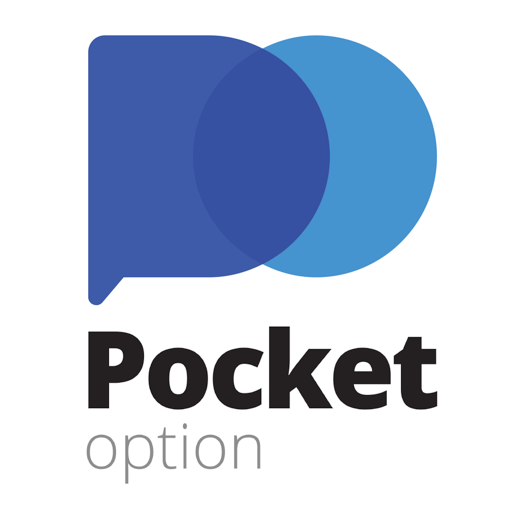
Understanding Fees Pocket Option for Better Trading Decisions
When engaging in online trading platforms, understanding the associated fees is crucial for maximizing profits and minimizing losses. Specifically, if you’re using Pocket Option as your trading platform, it’s essential to be well-informed about the different fees that may apply to your trading activities. This knowledge will help you make better decisions and strategize more effectively in your trades. Visit Fees Pocket Option Taxas da Pocket Option for an in-depth look at various fees.
Types of Fees on Pocket Option
Pocket Option, like many other trading platforms, has several types of fees that traders need to be aware of. Understanding these fees can directly impact your overall profitability. Here are the primary kinds of fees you might encounter:
1. Spreads
The spread is the difference between the buy (ask) price and the sell (bid) price. On Pocket Option, the spread can vary depending on the asset you are trading and market conditions. A narrower spread typically indicates a more liquid market, whereas a wider spread suggests less liquidity. It’s essential to consider these factors when making trading decisions, as they can impact your entry and exit points significantly.
2. Withdrawal Fees

Withdrawal fees are charged when you transfer your earnings from the trading platform to your bank account or e-wallet. On Pocket Option, withdrawal fees may vary based on the payment method you select. Understanding these fees can help you decide on the best methods for withdrawing your funds to maximize your profits.
3. Inactivity Fees
Many trading platforms impose inactivity fees after a certain period of no trading activity. While Pocket Option is known for its user-friendly experience, it’s crucial to stay active if you wish to avoid these fees. As of the latest updates, ensure you check the specific terms on inactivity fees directly on their platform.
4. Deposit Fees
Generally, deposit fees are charges that you may incur when funding your Pocket Option account. Depending on your chosen payment method, there may be fees associated with deposits, particularly if you are using credit cards or other financial services. Be sure to research the deposit conditions and fees applicable to your account.
How to Minimize Trading Costs
To maximize your trading outcomes on Pocket Option and manage your funds effectively, consider the following strategies:
1. Choose the Right Assets
Not all assets have the same fee structures. Engaging in trades with assets that have lower spreads may yield better results. Analyze the different options and select those that align with your trading strategy and financial goals.

2. Make Strategic Withdrawals
Plan your withdrawals to avoid frequent small transactions that could lead to higher cumulative fees. Instead, consider larger, less frequent withdrawals to mitigate fees effectively.
3. Stay Informed on Promotions
Occasionally, Pocket Option offers promotions that can help reduce trading fees or provide better terms for withdrawals. Staying informed about these offers can significantly affect your profitability.
The Importance of Being Fee-Conscious
Being aware of the various fees associated with Pocket Option is fundamental to developing efficient trading strategies. Ignoring these costs could lead to unpleasant surprises and affect your overall performance in the market. By incorporating a fee-conscious approach into your trading activities, you can ensure that you remain ahead of the curve.
Conclusion
Understanding Fees Pocket Option is not just about being aware of the costs but also entails using this information to make smarter trading choices. By carefully evaluating spreads, withdrawal fees, inactivity fees, and any deposit costs, traders can enhance their overall trading performance. Always conduct thorough research and stay current with Pocket Option’s fee structure to ensure that your trading journey is as profitable as possible.